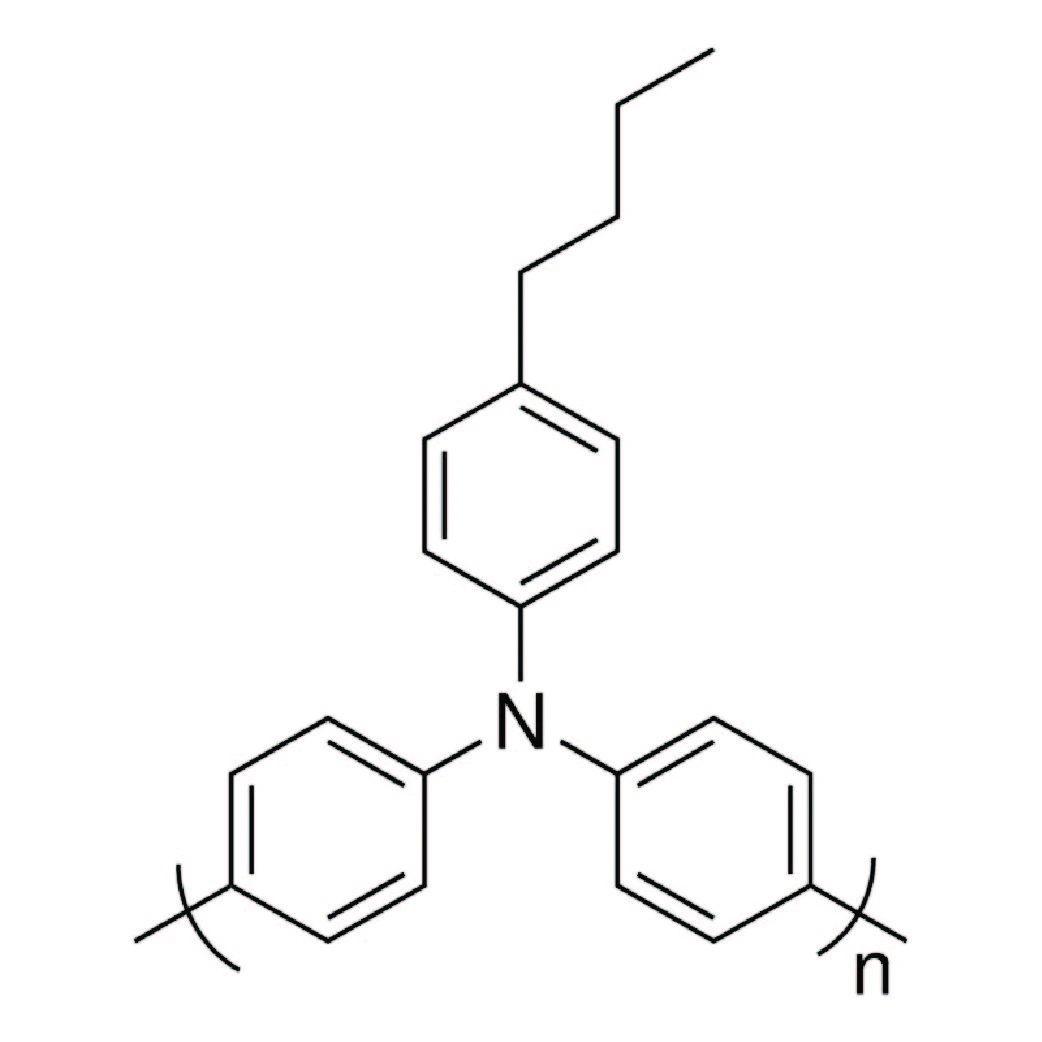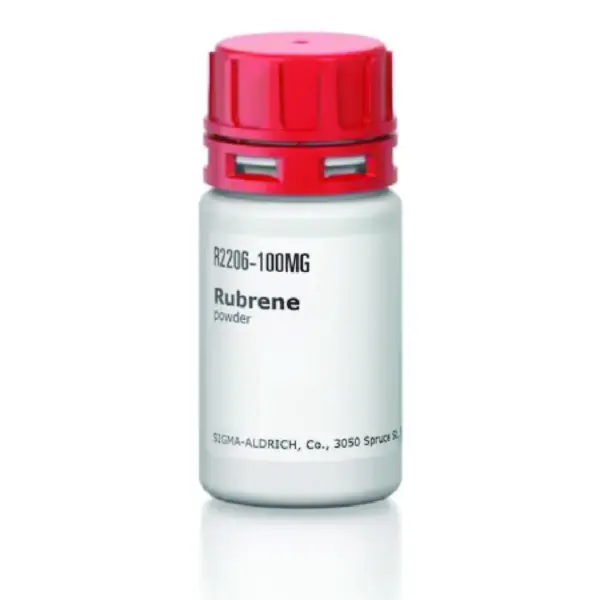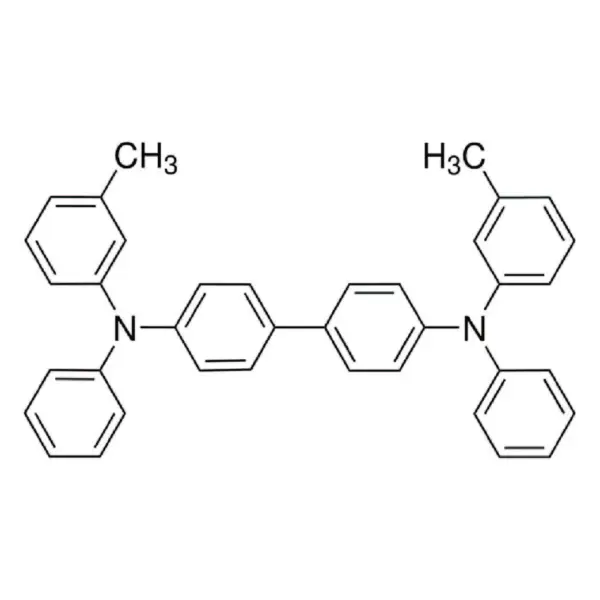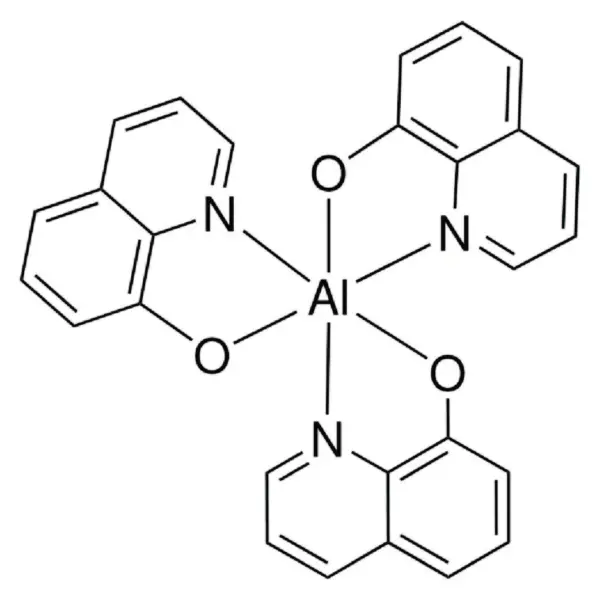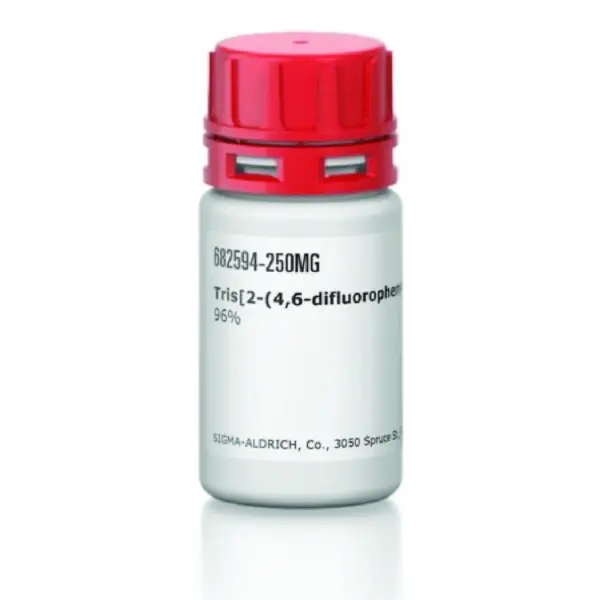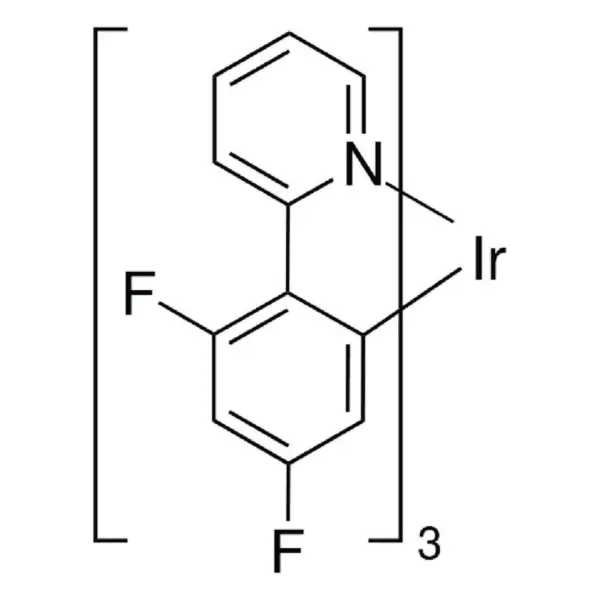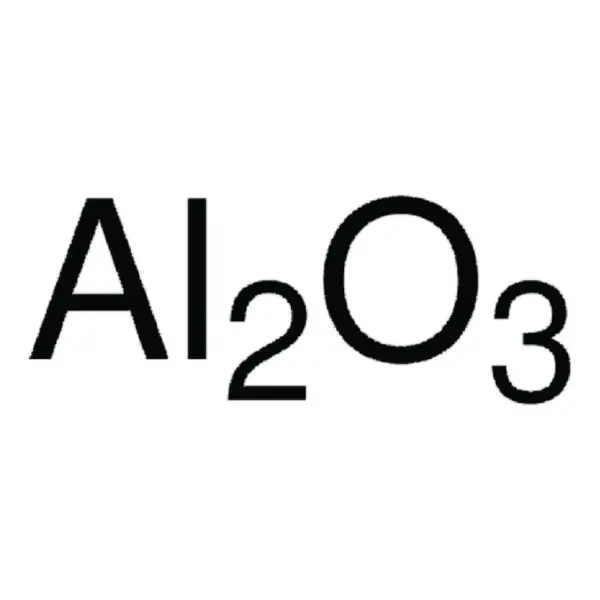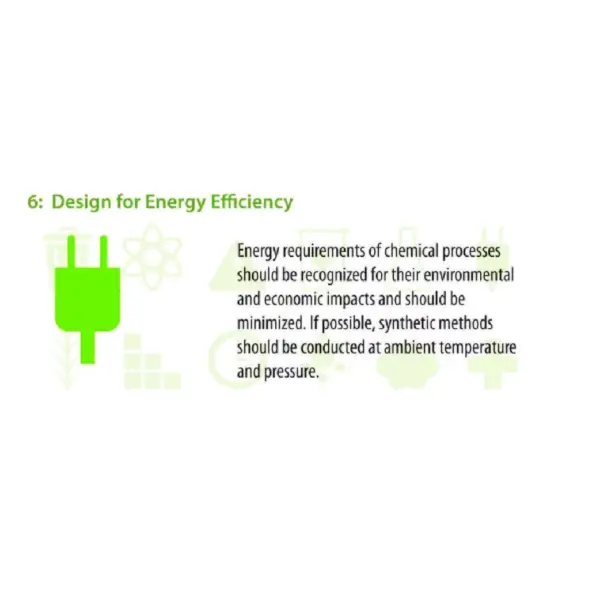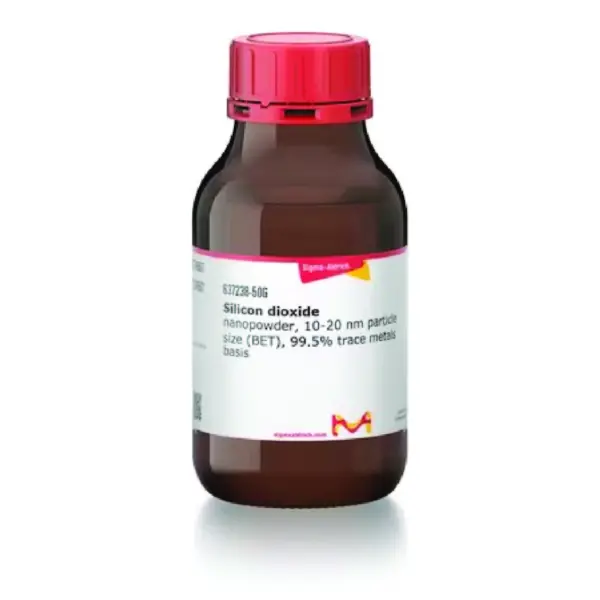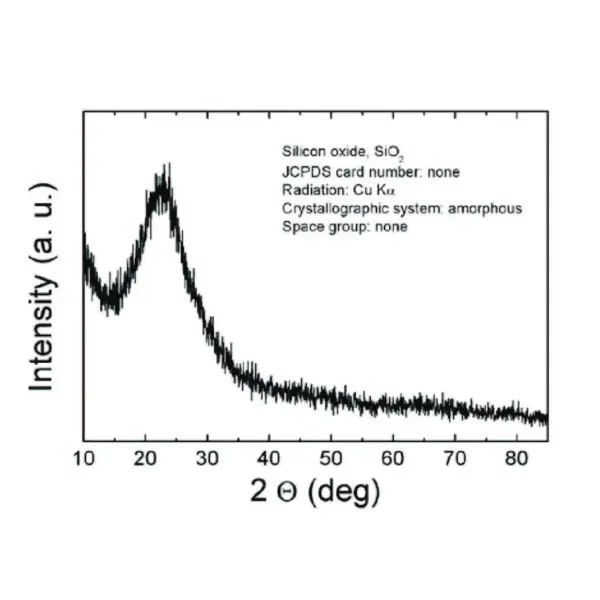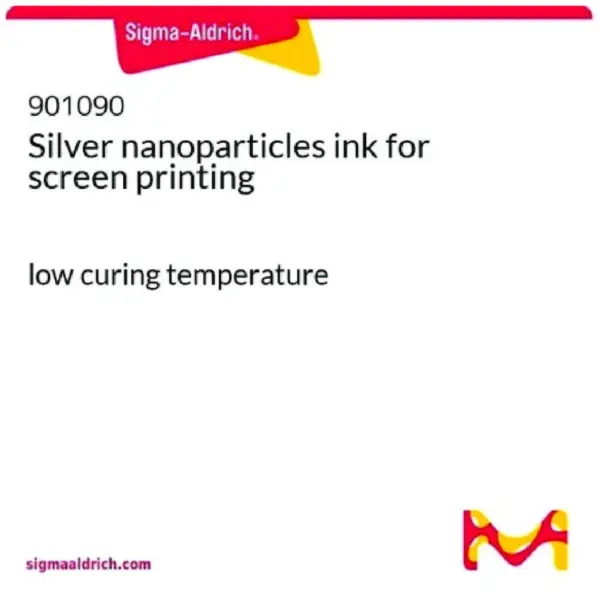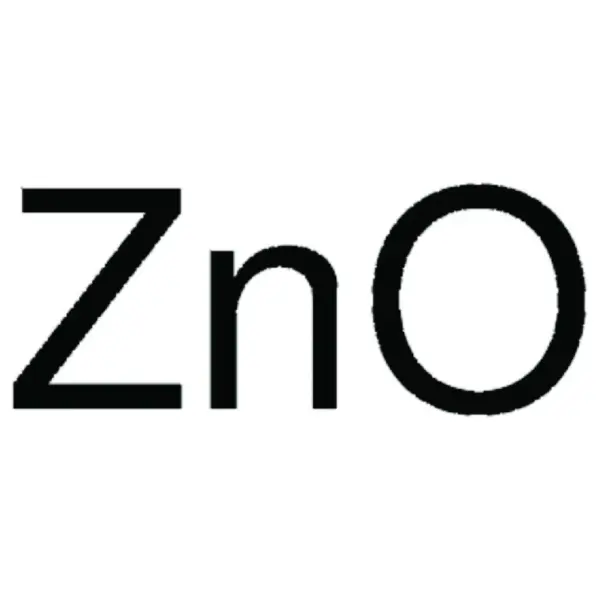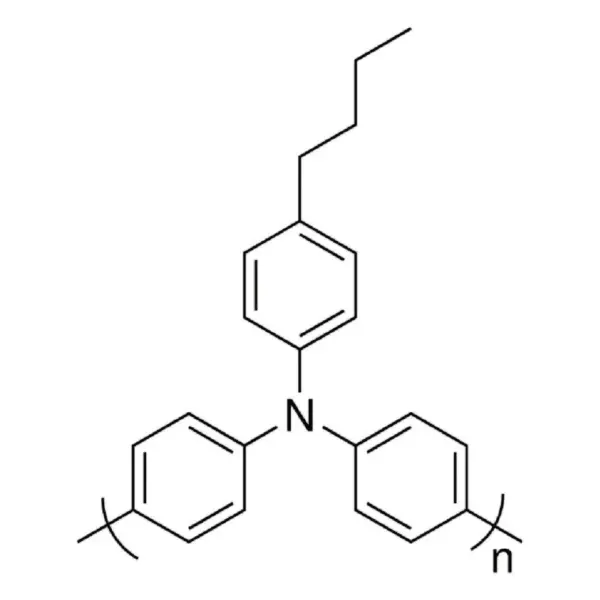| Product Code | Description | Packaging Size | Molecular Weight | Form |
| 907065-1G | Poly-TPD | 1G | Mw ≥20,000 g/mol | Powder |
Poly-TPD – Sigma-Aldrich
RM2,461.00
Brand:
Sigma-Aldrich
Synonyms
4-Butyl-N,N-diphenylaniline homopolymer, Poly(4-butyl-N,N-diphenylaniline), Poly(4-butyltriphenylamine), Poly[N,N′-bis(4-butylphenyl) -N,N′-bis(phenyl)-benzidine]
Cas No.
472960-35-3
General description
We are committed to bringing you Greener Alternative Products, which adhere to one or more of The 12 Principles of Greener Chemistry. This product belongs to the Enabling category of greener alternatives, thus aligns with “Design for energy efficiency”. Hole transport organic materials allow perfect energy level alignment with the absorber layer and therefore efficient charge collection, but are prone to degradation in ambient conditions. Click here for more information.
Application
In a recent study of a double-junction Quantum-Dot Light-Emitting Diodes (QD-LEDs), an impressive high quantum efficiency of 42.2% and a high current efficiency of 183.3 cd/A were achieved, which are comparable to those of the best vacuum-deposited tandem organic LEDs. Such high-efficiency devices are achieved by interface engineering of fully optimized single light-emitting units, which improves carriers′ transport/injection balance and suppresses exciton quenching induced by ZnO, and design of an effective interconnecting layer consisting of Poly-TPD mixed poly(9-vinylcarbazole) (PVK)/poly(3,4-ethylenedioxythiophene): polystyrene sulfonate/polyethylenimine ethoxylated-modified ZnO.
Indoor photovoltaics is one of the best sustainable and reliable energy sources for low-power consumption electronics, such as the rapidly growing Internet of Things.
In another recent study, Perovskite photovoltaic (PPV) cells with a mesoporous PPV (mPPV) structure using typical Spiro-OMeTAD as the hole transport layer (HTL) show the highest maximum power density (Pmax) of 19.9 μW/cm2 under 200 lux and 115.6 μWcm-2 under 1000 lux (without masking), which is among the best of the indoor PV. When PEDOT: PSS is replaced by Poly-TPD as HTL in the inverted PPV (iPPV) cell, the Pmax under indoor light improves significantly and is comparable to that of the best mesoporous mPPV cell.
Device performance:
iPPV-Poly-TPD
1. under one sun [Pin=100 mW/cm2]
Jsc=21.8 mA/cm2
Voc=1.07 V
FF=73.7%
PCE=17.2%
2. under 1000 lux [200 lux]
Jsc=172.3 mA/cm2
Voc=0.851 V
FF=75.9%
Pmax=111.3 mW/cm
Poly-TPD is a solution-processable polymer hole transport material. Its applications include:
Organic Light Emitting Diode (OLED): Hole transport layer / Electron blocking layer (HTL/EBL) Materials
Solution-Processed OLED: Polymer hole transport layer
Dye-Sensitised Solar Cell (DSSC): Hole transport materials
Perovskite Solar Cells: Hole transport material
Flexible Printed Electronics: Hole transport layer / Hole injection layer(HTL/HIL) Polymers
 100% Authentic Guarantee
100% Authentic Guarantee| Dimensions | 30 × 60 cm |
|---|---|
| Brand | Sigma |
| Estimated Delivery Time | 3-6 weeks |

